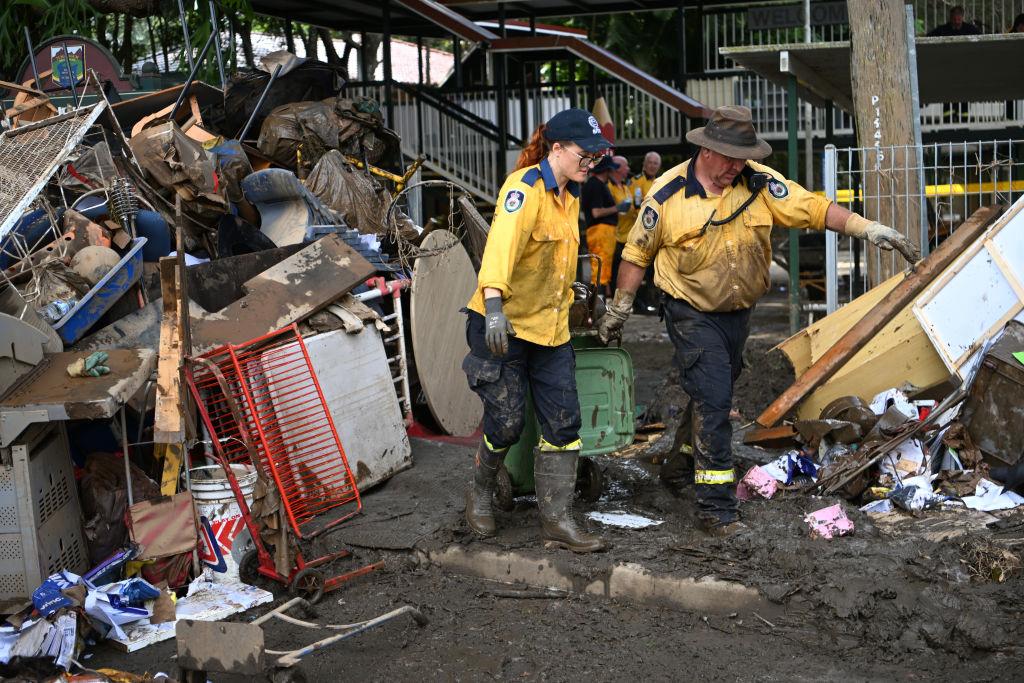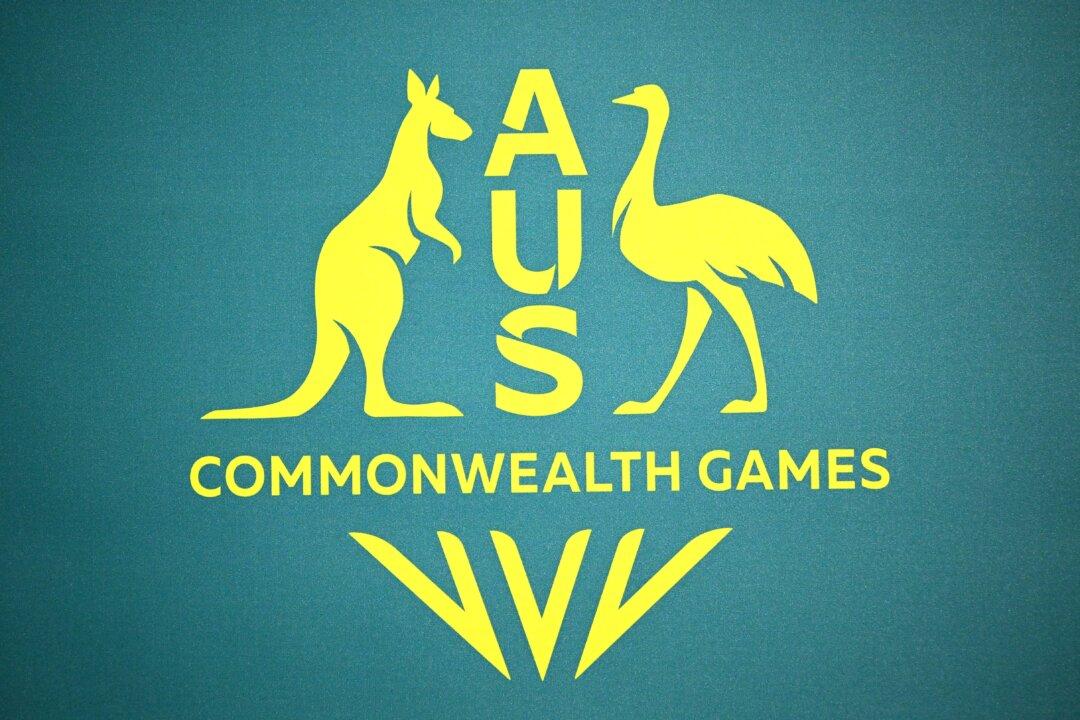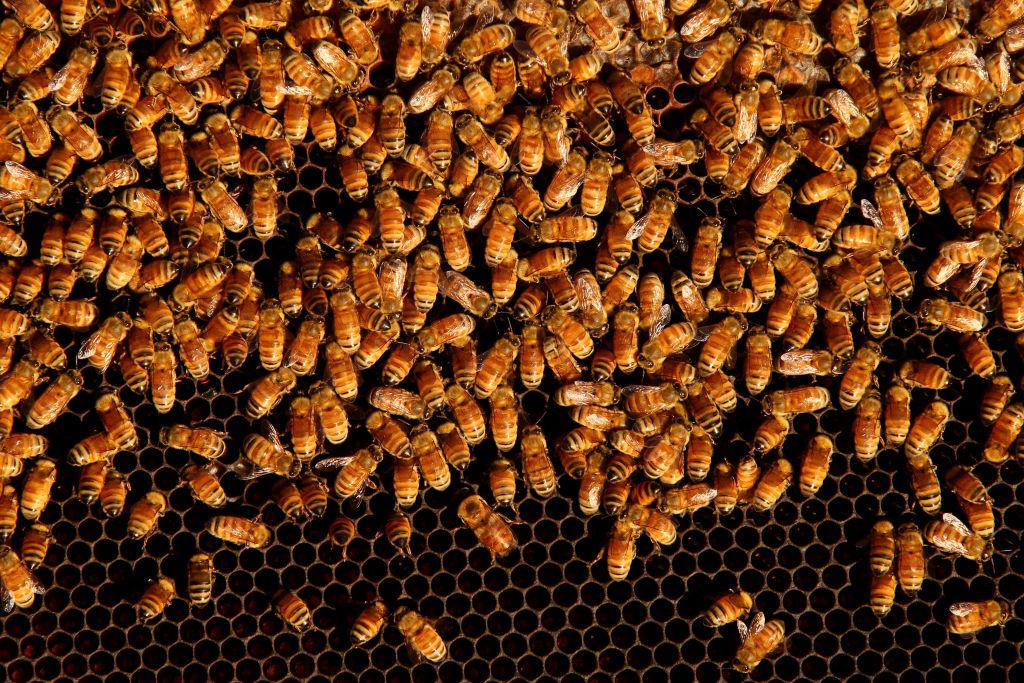Emergency services are planning to relocate a controversial flood levee, which was built to prevent part of a Victorian town in south-east Australia from the recent floods while leaving other homes unprotected.
Residents in Echuca experienced a major flood event at the end of October, which surpassed previous historical levels. Emergency Management Victoria led a decision to build an emergency flood levee in the town to protect as many properties as possible. However, this levee led to flood water being pumped over the barrier to the other side as stormwater outlets were blocked.





